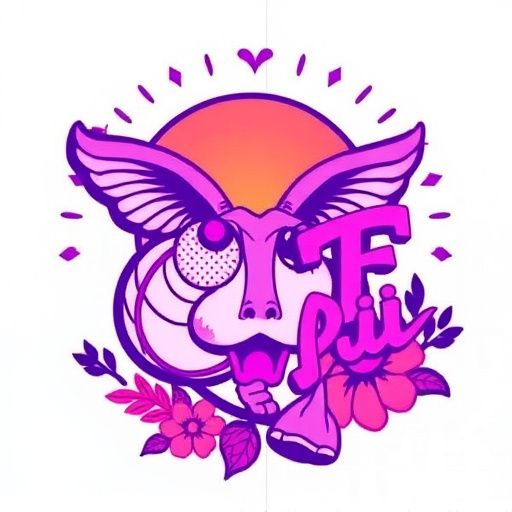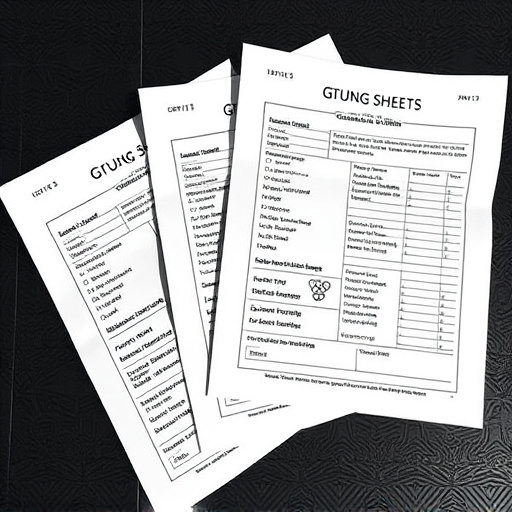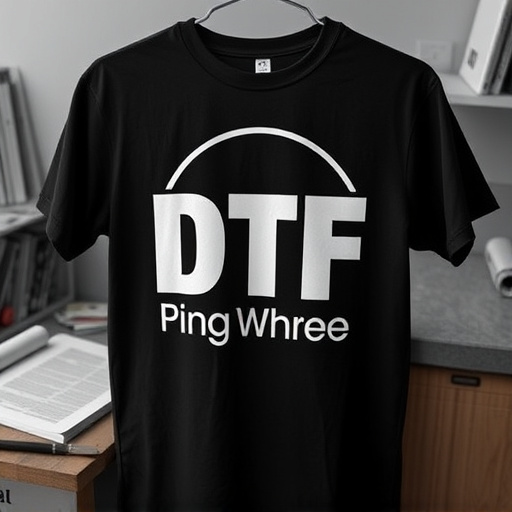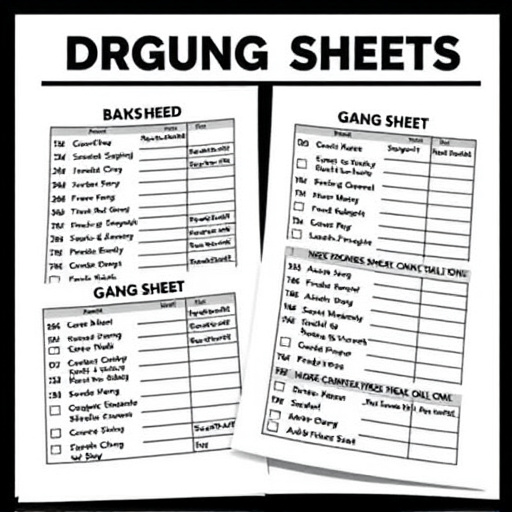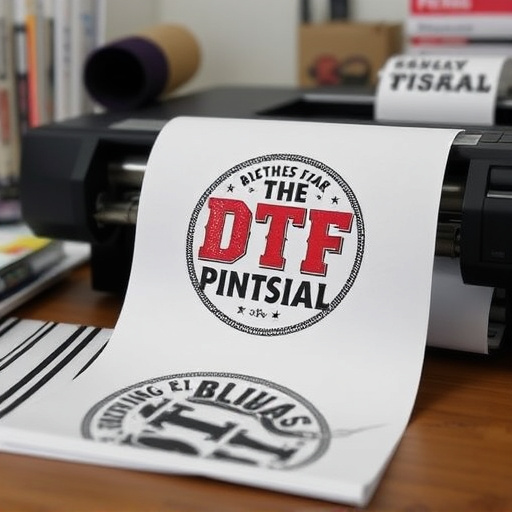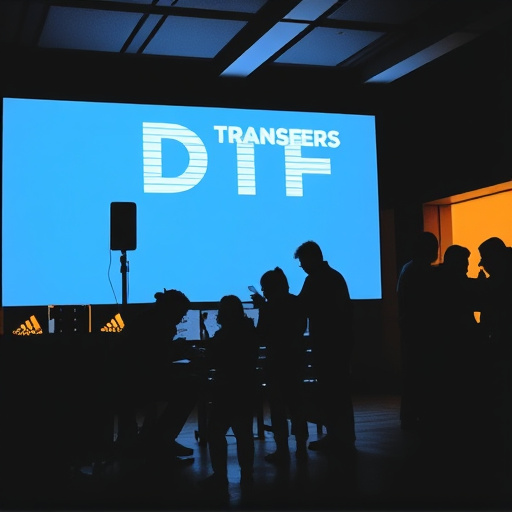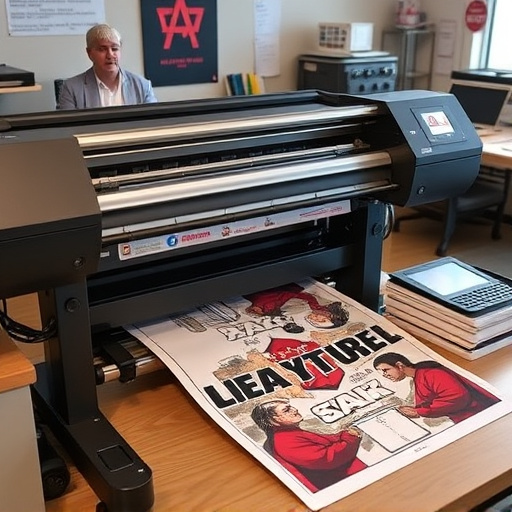DTF RIP Software's Custom Profiles offer apparel brands a powerful solution for automation and enhanced design. These profiles optimize printing on varied materials, streamline logo placement, color schemes, and finish options, enabling consistent, high-quality outcomes with minimal adjustments. By automating cutting and ripping stages, Custom Profiles efficiently handle diverse orders from custom tees to other DTF transfer applications, boosting production speed and accuracy for businesses of all sizes.
Looking to streamline your print shop’s operations? Discover the power of custom profiles in DTF RIP Software. This article guides you through the process, demonstrating how these customizable settings can automate tasks, enhance efficiency, and boost productivity. Learn how to create and implement profiles tailored to your unique printing needs, unlocking new levels of control and precision in DTF RIP Software. By the end, you’ll be equipped with the knowledge to transform your shop’s workflow.
- Understanding Custom Profiles in DTF RIP Software
- Automating Your Shop's Processes with Custom Profiles
- Benefits and Best Practices for Implementing Custom Profiles
Understanding Custom Profiles in DTF RIP Software
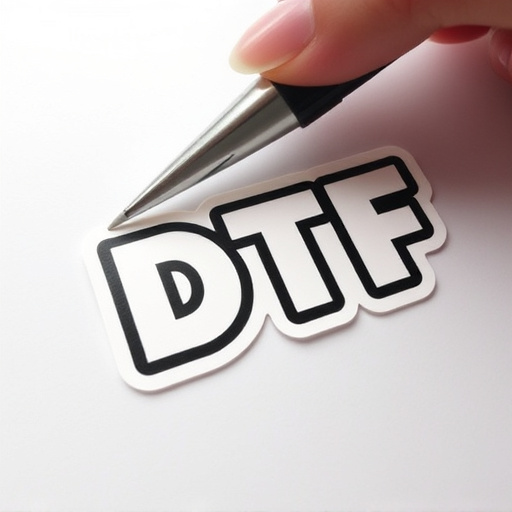
Custom Profiles in DTF RIP Software are a game-changer for anyone looking to automate their shop and elevate their custom apparel game. These profiles allow users to streamline the process of printing on various materials, like direct to film personalized hoodies or Custom graphic tees, by saving specific settings for different projects. By storing configurations for logo placement, color schemes, and finish options tailored to logos dft for clothing brands, you can spend less time adjusting settings and more time focusing on design creativity.
Imagine being able to quickly produce high-quality, consistent results with just a few clicks. This efficiency is especially beneficial for clothing brands looking to keep up with demand while maintaining precision in their product offerings. With Custom Profiles, creating unique designs for each client or launching limited-edition runs becomes more manageable, ensuring that every order looks exactly as intended without the hassle of manual adjustments each time.
Automating Your Shop's Processes with Custom Profiles
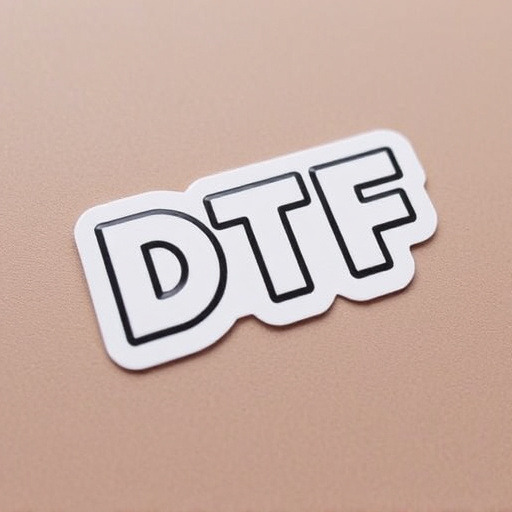
In today’s fast-paced market, automating your shop’s processes is no longer an option but a necessity. DTF RIP Software offers a powerful solution with its Custom Profiles feature, enabling businesses to streamline their production like never before. By creating unique profiles tailored for specific design requirements, you can automate the cutting and ripping stages, saving valuable time and minimizing errors. This level of customization ensures that each order, whether it’s for custom graphic tees or other DTF transfer applications, is handled efficiently and precisely.
Imagine a workflow where your designs are seamlessly transferred to dtf heat transfer paper with just a few clicks, eliminating the need for manual adjustments. This automation not only enhances productivity but also opens up new possibilities for personalization. Whether you’re a small business owner or a large-scale manufacturer, leveraging Custom Profiles in DTF RIP Software can significantly boost your shop’s capabilities, allowing you to meet the demands of your customers with speed and accuracy.
Benefits and Best Practices for Implementing Custom Profiles
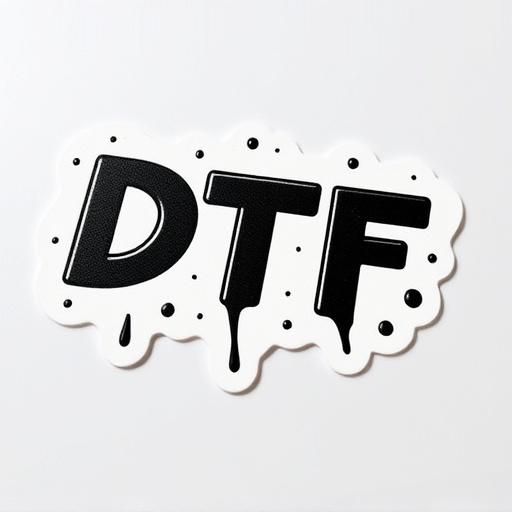
Implementing custom profiles in DTF RIP software offers a multitude of benefits for businesses looking to streamline their printing processes. By creating specific settings tailored to different types of garments and design requirements, printers can achieve higher quality outcomes with reduced waste. Custom profiles allow for precise control over print parameters such as color accuracy, ink density, and cutting paths, ensuring that each order is printed efficiently and consistently. This not only enhances productivity but also boosts customer satisfaction by delivering precise and vibrant designs.
Best practices for profile implementation include starting with a comprehensive understanding of your DTF RIP software capabilities and the unique needs of your printing projects. Calibrate your profiles regularly to account for hardware variations and ink changes, ensuring consistent results over time. Additionally, maintain detailed documentation of each custom profile, including the garments it’s optimized for and any specific settings adjustments made during testing. This systematic approach will facilitate smooth workflow transitions and enable you to leverage the full potential of DTF printing technologies like DTF printer and DTF heat transfer paper for hoodies.
By automating your shop’s processes with custom profiles in DTF RIP software, you can significantly streamline operations, enhance efficiency, and improve overall productivity. This article has explored the understanding, implementation, and benefits of using custom profiles, highlighting their potential to revolutionize your printing workflow. Embrace these best practices to make the most of this powerful feature, ensuring your shop runs smoothly and meets client expectations with precision and speed.


